The MOTC Vows to Bring Smiles to Residents in Remote Areas by Realizing Transportation Justice
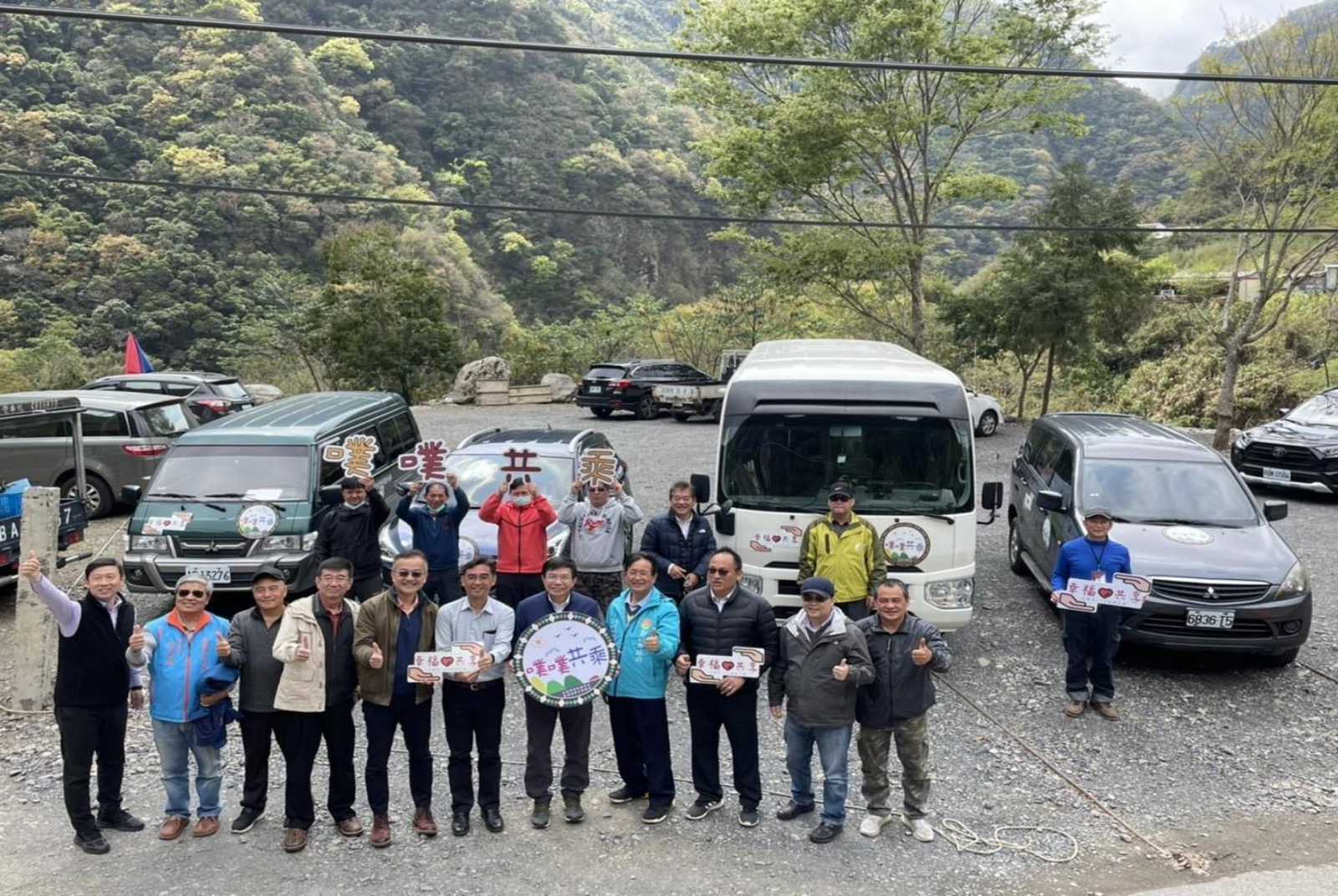
Source:MOTC
Imagining the Future of Transportation Among Taiwan’s 357 townships, 68 have low-density populations made up of mostly children and the elderly. Due to an aging population and population loss, public transportation is difficult to run in these townships. This means that it is especially difficult for those such as children or the elderly, who are particularly vulnerable to transportation issues, to get out and about. Although these areas do not contain a large proportion of Taiwan’s population, they account for two-thirds of Taiwan’s land area. Due to inconvenient transportation, it can be difficult for some residents to get to school or seek medical treatment. Considering that subway arrival times in the city are accurate to the minute and second, what else do remote villages need to achieve traffic equality, apart from technology?
Views
The MOTC Vows to Bring Smiles to Residents in Remote Areas by Realizing Transportation Justice
By MOTCSponsored Content
Meinong, a Hakka village in Kaohsiung, used to be known for its tobacco and oil-paper umbrellas. In recent years; however, mass transit in the area has become unsustainable due to an aging population and out-migration. Some students of Meinong Elementary School live ten kilometers away in Guanglin Village, which means that it is difficult for them to get to and from school and that their parents have to leave earlier for work to care for them. Since the launch of Meinong GO, a pick-up/drop-off service that can be booked in advance, children can safely get to and from school, parents can feel at ease, and some of the pressures of being a student in a rural village can be alleviated.
In Taiwan, an island with densely populated aging/urbans population, remote areas are actually not that far away.
Take Kaohsiung as an example, although it is one of Taiwan’s six special municipalities, its population per square kilometer can range from less than 100 to tens of thousands of people. As it is difficult to run public transportation in areas with a small population, in some administrative regions, public transportation only covers about 40% of the total area. Young people can drive cars or ride scooters, but the elderly and children still suffer from restriction of mobility.
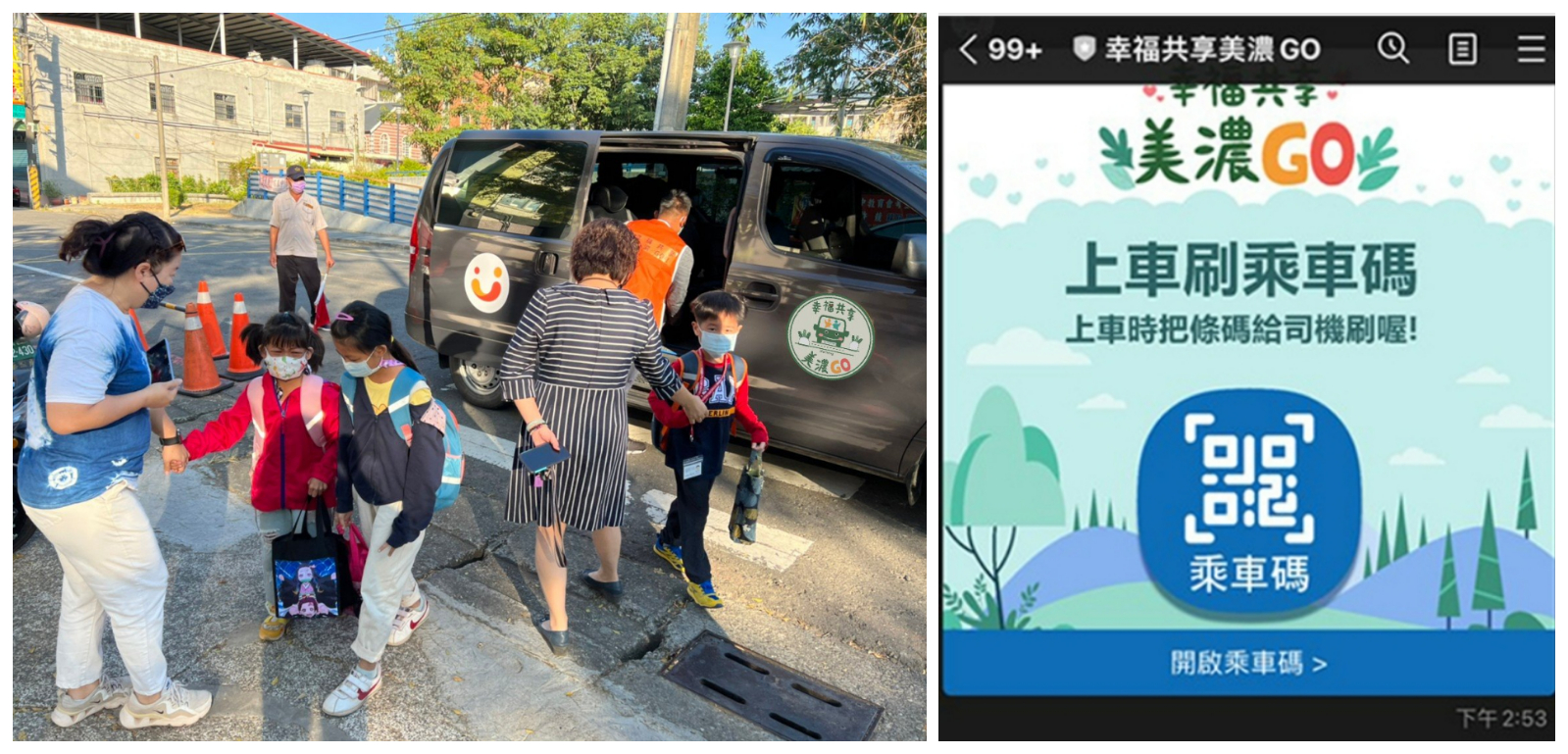 Meinong GO! ride-share appointments can be made by phone call or via LINE. After Taxi-Bus Service 2.0 was launched, elderly people and schoolchildren have benefitted greatly. These services will continue to be expanded in the future. (Kaohsiung City Government Press Release)
Meinong GO! ride-share appointments can be made by phone call or via LINE. After Taxi-Bus Service 2.0 was launched, elderly people and schoolchildren have benefitted greatly. These services will continue to be expanded in the future. (Kaohsiung City Government Press Release)
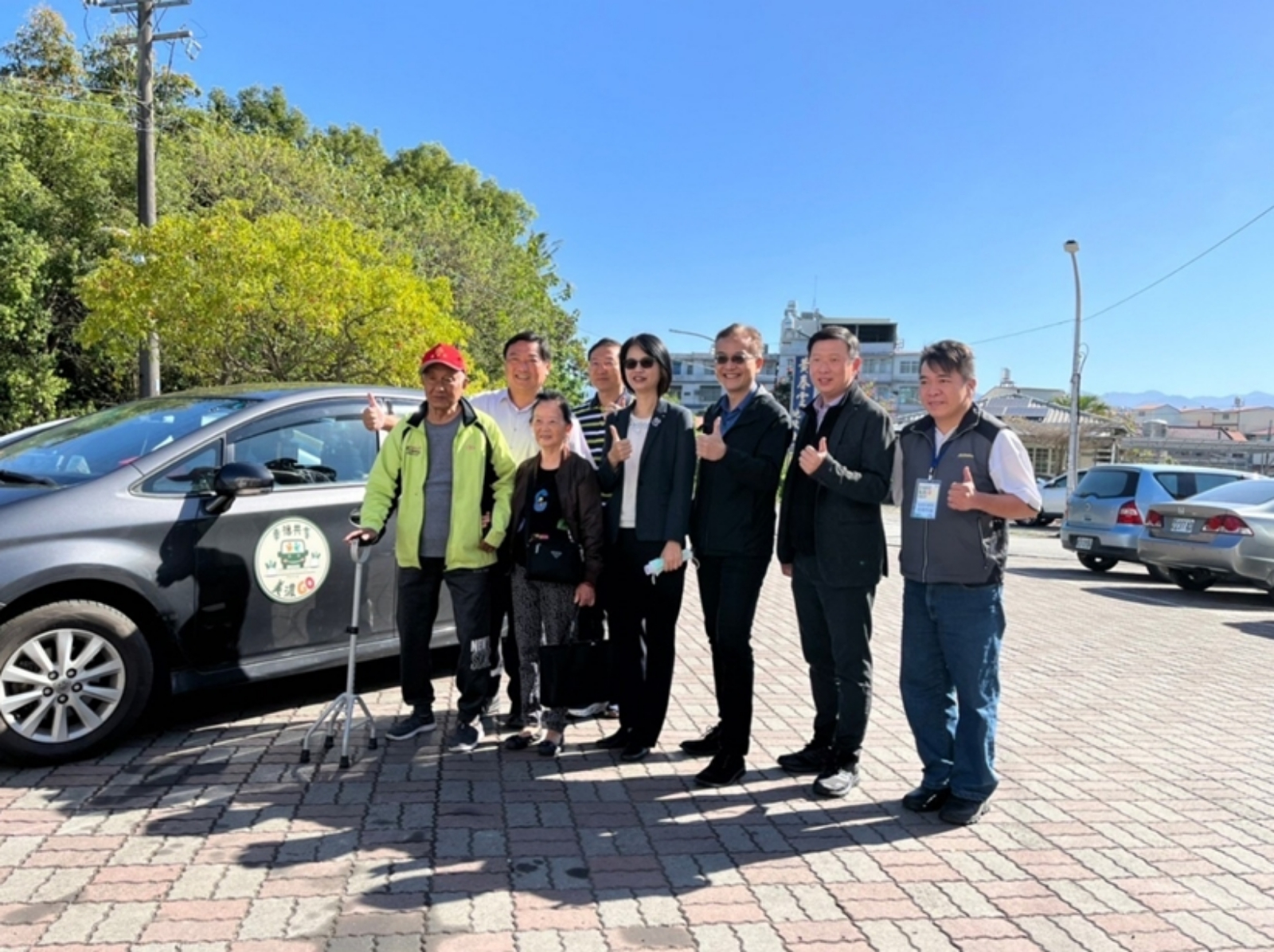 The Bureau of Transportation, Kaohsiung City Government launched its Happy Bus Meinong GO service in January 2022 to provide localized transportation services for children and the elderly in the spirit of local organizations and local vehicles serving local people. (Photo courtesy of the Bureau of Transportation, Kaohsiung City Government)
The Bureau of Transportation, Kaohsiung City Government launched its Happy Bus Meinong GO service in January 2022 to provide localized transportation services for children and the elderly in the spirit of local organizations and local vehicles serving local people. (Photo courtesy of the Bureau of Transportation, Kaohsiung City Government)
Beginning in 2013, in order to improve the bus operation efficiency in remote areas, Kaohsiung City launched its Taxi-Bus Service, replacing buses on low-occupancy routes with taxis. This has contributed to significantly reduced operating costs and subsidies. Kaohsiung City Government has further adjusted and improved service according to demand, such as by increasing route flexibility and adopting a reservation system, to enhance public safety and convenience. So far, Kaohsiung has 58 taxi-bus routes, serving nearly 200,000 passengers per year. Other counties and cities have followed suit to improve public transportation efficiency in rural areas. Liu Chien-Pang, Deputy Director-general of the Bureau of Transportation, Kaohsiung City Government, explained that transportation equality would not only help rural residents be more physically mobile, but also affect their social mobility as well: “Without these transportation services, it would be difficult for the elderly to seek medical treatment and for children to get to school. If children are unable to receive a good education when they are young, their future employment and income outlooks would not be promising, either.”
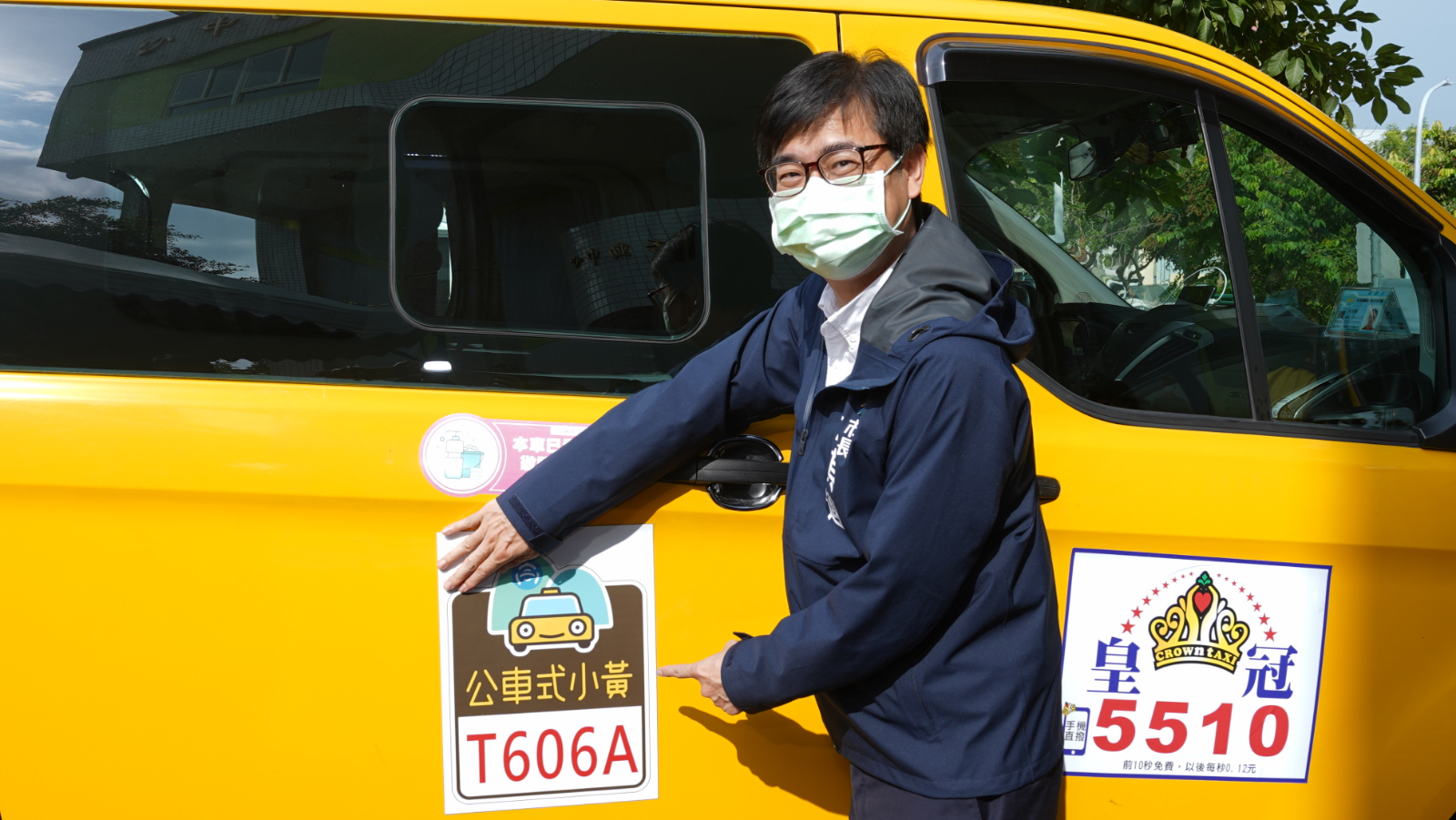 The Bureau of Transportation, Kaohsiung City Government began promoting its Taxi-Bus Service in 2014, greatly reducing operating costs and increasing service flexibility by replacing traditional buses with taxis. (Photo courtesy of the Bureau of Transportation, Kaohsiung City Government)
The Bureau of Transportation, Kaohsiung City Government began promoting its Taxi-Bus Service in 2014, greatly reducing operating costs and increasing service flexibility by replacing traditional buses with taxis. (Photo courtesy of the Bureau of Transportation, Kaohsiung City Government)
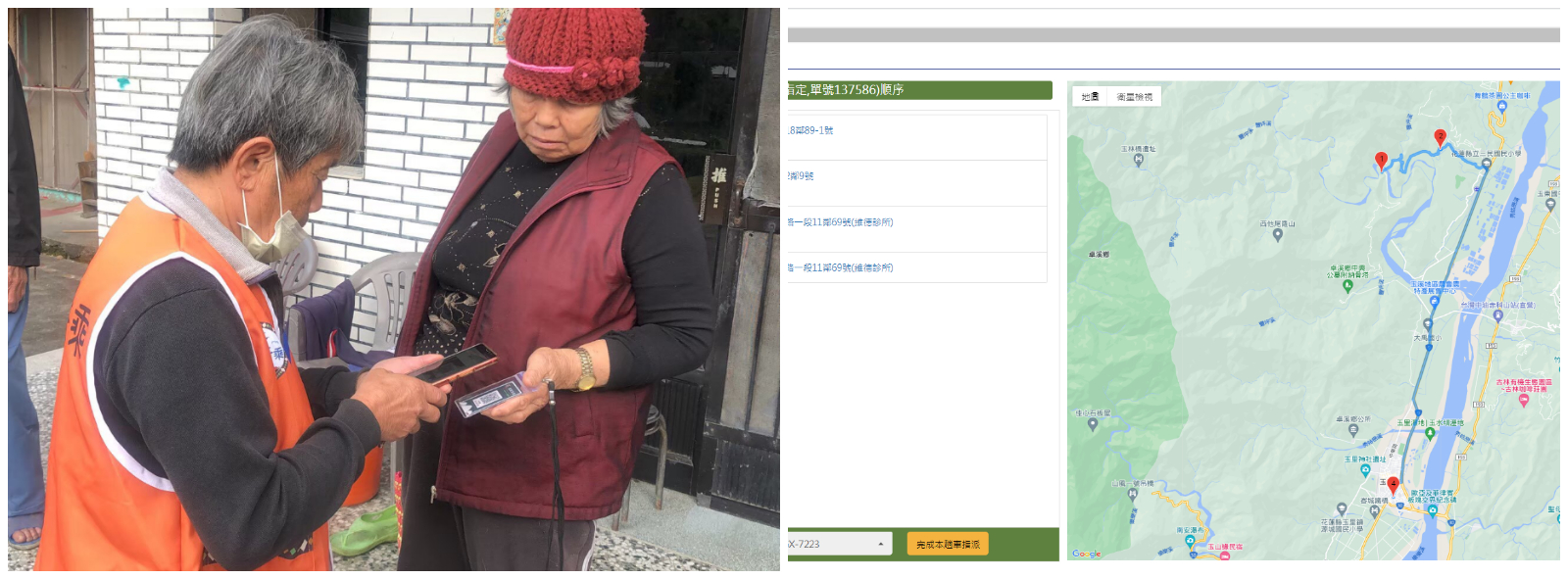 The MOTC began piloting its diversified-vehicle ride-sharing service (BUBU Car Sharing) in rural areas in Hualien and Taitung in 2018. It provided guidance and integrated unused local resources to build a car-matching reservation service platform to help bridge the transportation gap in remote areas. (Photos courtesy of THI Consultants Inc.)
The MOTC began piloting its diversified-vehicle ride-sharing service (BUBU Car Sharing) in rural areas in Hualien and Taitung in 2018. It provided guidance and integrated unused local resources to build a car-matching reservation service platform to help bridge the transportation gap in remote areas. (Photos courtesy of THI Consultants Inc.)
Rather than Computer Models, On-Site Field Work Can be More Telling
To fully achieve transportation equality; however, sustainable local systems are just as important as the use of external resources. Careful planning with empathy for users is necessary for systems and resources to fully function.
“Over a decade ago, the Institute of Transportation, MOTC conducted an inspection of the gaps in public transportation services. They combined an analysis of population, income, and public transportation data to proactively investigate which townships and cities in Taiwan were not covered by bus services.” Professor Su Jau-Ming from the Department of Transportation and Logistics at Feng Chia University explained that in order to achieve transportation equality, we must first understand where needs lie. “When we look at the world while sitting in a laboratory or office, it’s actually very difficult to grasp the needs of local residents.” These needs, which are affected by traffic routes typically used by the community, service intervals, the way residents commute between schools, offices, and hospitals, the degree of a digital gap, and the local sense of trust in the community, are all beyond the immediate understanding of outsiders.
For the past five years, Chou Yan-Hung, Vice President of THI Consultants Inc., has participated in the MOTC’s trial operations of the diversified-vehicle ride-share service BUBU Car Sharing in rural areas in Hualien and Taitung. He shared the gap they faced between ideals and reality, “in the beginning, we all felt that technology would bring about great changes.” However, they realized that the technology that they were so used to in urban areas was not suited to life in the country. After project staff had been in the field for some time, they switched to paper records and sought the assistance from local organizations. It took them a few months to come up with plans to address the observed difficulties and needs faced by the community, such as confirming whether locals could use LINE or other apps to book a ride—since the elderly are often not proficient at using a cell phone—or changing to using a QR code sticker to connect riders to payment methods.
 BUBU Car Sharing helps bridge the gap for the elderly and children in rural areas by employing locals in the service of locals to provide shared rides by appointment, meal delivery for those who live alone, rides to the hospital and medicine delivery, and rides for students to get to school. (Photo courtesy of THI Consultants Inc.)
BUBU Car Sharing helps bridge the gap for the elderly and children in rural areas by employing locals in the service of locals to provide shared rides by appointment, meal delivery for those who live alone, rides to the hospital and medicine delivery, and rides for students to get to school. (Photo courtesy of THI Consultants Inc.)
In order for BUBU Car Sharing to develop sustainably, the MOTC pilot project uses local residents and vehicles to provide services. A smart transportation platform matches people with transportation needs so that elderly people attending rehab do not need to ask relatives to take a day off or spend hefty sums on a taxi. Even daily activities like shopping and visiting friends can all be carried out more safely and efficiently. At the same time, the program integrates resources from various ministries while introducing blockchain technology to clearly record every expense and eliminate the possibility of abuse.
Utilizing Local Strengths to Realize Transportation Equality
Through the development of local diversified-vehicle ride-sharing services in various regions, in addition to increased convenience for residents of remote areas, local young people have also gained a new opportunity for employment or additional income, bringing another option for young people moving back home. Local youths providing such services are not only more readily trusted by locals, but it also gives these youths a sense of belonging towards their hometowns. In the past two years, demand for public transportation has fluctuated due to the pandemic. The drivers who are most familiar with their communities have been the most flexible and able to help residents seek medical treatment, get meals, and share rides with passengers and cargo, all while carrying out pandemic safety measures.
Chou Yan-Hung, Vice President of THI Consultants Inc., found that when systems are connected with local communities, sometimes unexpected resource integration can occur. In the Hualien and Taitung BUBU Car Sharing program, some drivers use small stepstools to help elderly people get in and out of vehicles, while some passengers are willing to pay for the installation of barrier-free lifts. Many people involved in this and similar programs believe that the biggest reward they feel from their work is not just helping people get around in remote areas, but seeing the smiles of passengers as they leave their vehicles.
The BUBU Car Sharing program started in 2018. In two years, the service was utilized over 100,000 times by 9,000 people living in 34 remote tribal areas over 25,000 trips totaling a distance of more than 160,000 kilometers, the equivalent of circling Taiwan 150 times, with a satisfaction rate of over 90 percent. As these numbers increase as smart transportation services adapt to local conditions, connections can continue to be made as transportation equality is realized bit by bit.
Perhaps in the future, the local drivers who are most familiar with local roads will be able to help outsiders visit the elderly who can tell their stories at home or use technology to bridge transportation gaps in remote villages. This way, remote villages can receive fair treatment, and the road home for their residents won’t be too long anymore!
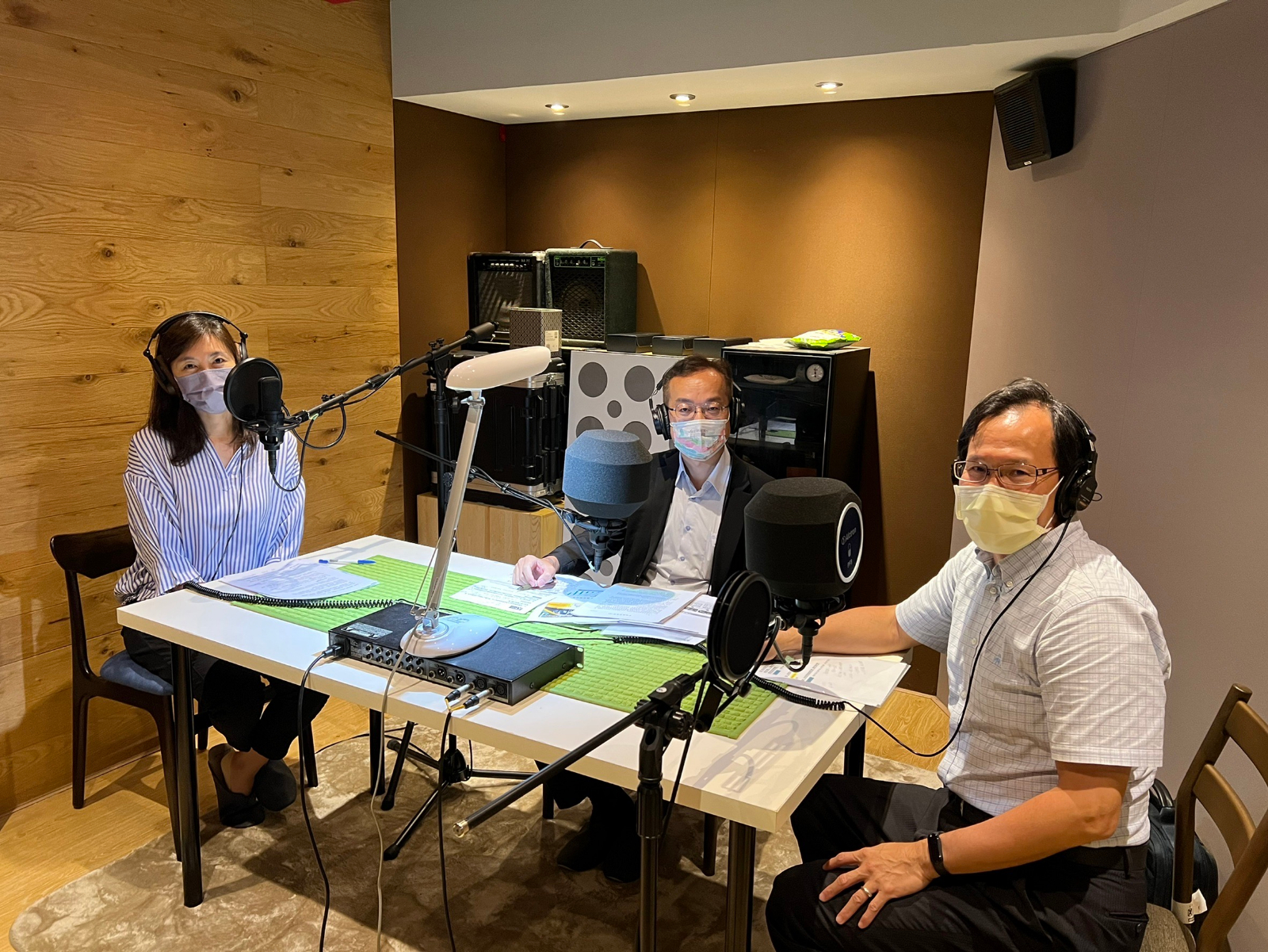 Liu Chien-Pang, Deputy Director-general of the Bureau of Transportation, Kaohsiung City Government (center) and Professor Su Jau-Ming from the Department of Transportation and Logistics at Feng Chia University (right) discuss important experiences with host Lin Chia-Hui.
Liu Chien-Pang, Deputy Director-general of the Bureau of Transportation, Kaohsiung City Government (center) and Professor Su Jau-Ming from the Department of Transportation and Logistics at Feng Chia University (right) discuss important experiences with host Lin Chia-Hui.
(Advertisement by the MOTC)






